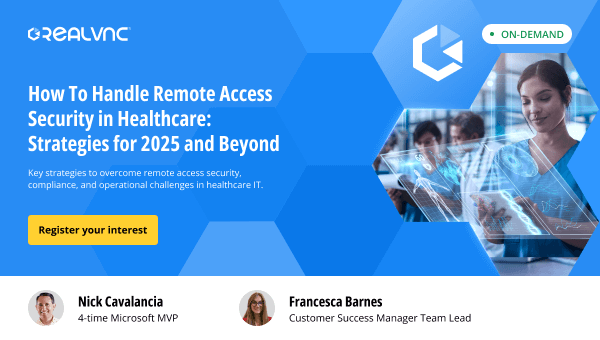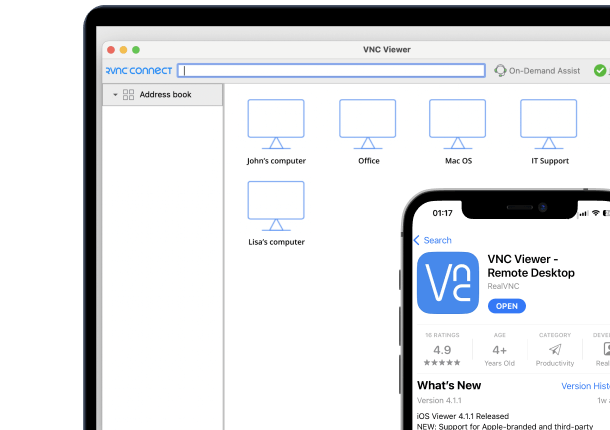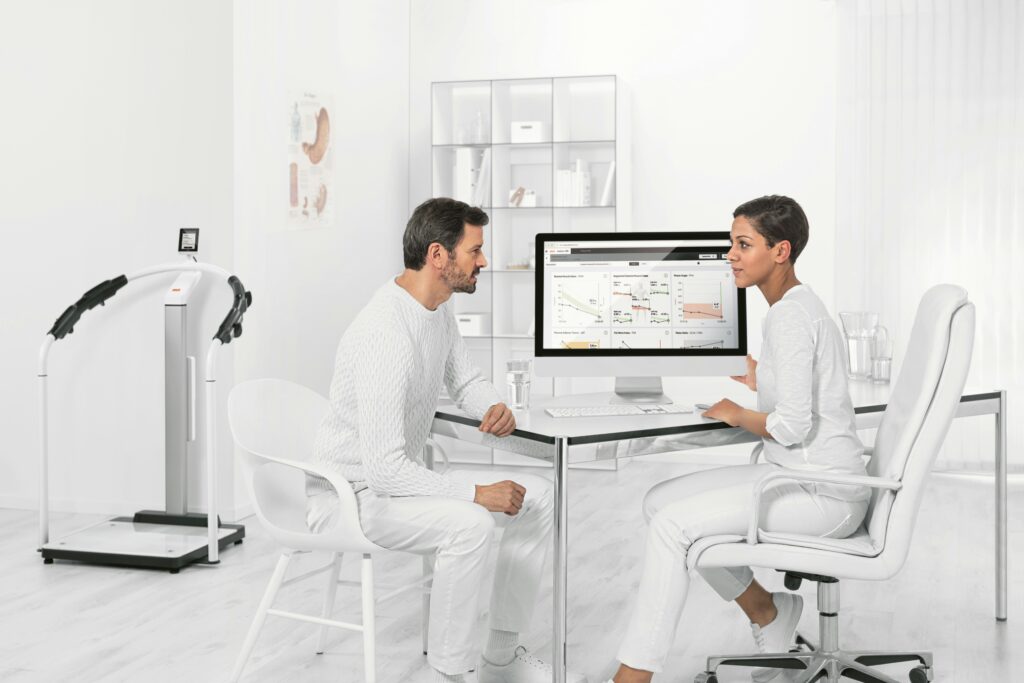When the topic is remote access, IT tends to focus on the largest use case; a user needing to remotely interact with an endpoint within the organization. And, staying in the realm of the largest use cases, Windows and Mac operating systems tend to be at the center of discussion, as they are often thought of as being the most likely devices to support.
But your organization isn’t simply comprised of Windows and macOS endpoints; there are other types of devices (and corresponding OSes) that also need to be considered when thinking about your remote access strategy. Here are three reasons that also represent additional areas you should consider including in your support strategy.
1. Use of Mobile Devices for Business is Here to Stay
The number of remote workers leveraging mobile devices for work in the United States is projected to be nearly one-third of the total U.S. population in 2024. This projection represents nearly a 20% growth from 2020. This is an obvious result of the pandemic’s impact on remote work.
An organization’s productivity used to be determined by whether a given employee had all the applications they needed on a desktop computer that was properly configured so they could get their work done. IT’s focus was to work to deliver this end goal, but do so in the context of having a unified desktop standard to act as the foundation of a secure and compliant operating system, with the differentiators being the application and configuration specifics needed by a role or individual.
But today, that’s no longer the case – instead with applications now running in the cloud as either a web-based application or a remote session, the user’s physical computing device can be just about any operating system – including mobile OSes. And, given that IT is still responsible for keeping those employees connected and productive, it’s necessary to be able to support them in as close to the same manner as a traditional Windows or Mac device.
This means any use of remote access by support staff within the organization should be equally able to remotely interact with users – regardless of whether they are running Windows, MacOS, iOS, or Android on their device.
2. Linux Needs Remote Access Too
While Linux only represents a little above 3% of the desktop operating system market, it represents one of the most-used operating systems in the world, as the number three OS (behind Windows and MacOS), and is represented in 40% of all websites, 47% of all developers, and 85% of smartphones. In reality, it’s far more likely that any Linux you have running is used as part of some Internet-facing services, making those systems rather important over just a desktop. Whether Linux in your environment is leveraged for desktops or servers, having an ability to quickly address application, system configuration or service availability issues quickly is justification enough to add Linux to your remote access strategy.
So, in this obvious opportunity for IT teams to need to remotely access any and all systems that run on Linux in the same way they access Windows and MacOS, it’s ideal that the same remote access platform be used to ensure the same levels of remote functionality and security.
3. Don’t Forget IoT
Many organizations leverage IoT en masse as part of sensor farms that serve as the basis for business analytics used to make decisions that drive the business forward. Others still rely on a small number of IoT devices for specific use cases. No matter where you fit on this spectrum, over 70% of IoT devices run on Linux (underpinning the last reason, as well as this one), with Raspberry Pi growing in popularity as the most popular single-board computer.
Depending on the sophistication of the IoT device in question, the opportunity exists for IT support teams to remote into these devices to reboot, reconfigure, and troubleshoot issues, rather than more costly manual efforts that require device retrieval, shipping, swapping, etc.
Your Environment is More Than Windows and Mac
The result of this article is merely an opportunity for your organization to consider what operating systems are an important part of what makes your business tick. And should you come to the conclusion that, indeed, you have some Linux, some mobile, and some IoT – all needing to be supported, you need to make sure that they are included as you plan the IT purchases, process, and people that make up your remote access strategy, so you can to support every last critical device.
In the end, the goal is to ensure that IT remains productive, while the organization remains secure. So, as you somewhat rethink your remote access strategy, begin with the business goals that exist for remote access (read: productivity, and security), the operating systems that ultimately need to be supported, and then find a solution that provides as close to a unified experience (only because the target OSes may or may not support the same degree of remote access) for IT, so that issues can be quickly resolved, with users (when applicable) experience as little interruption as possible.
